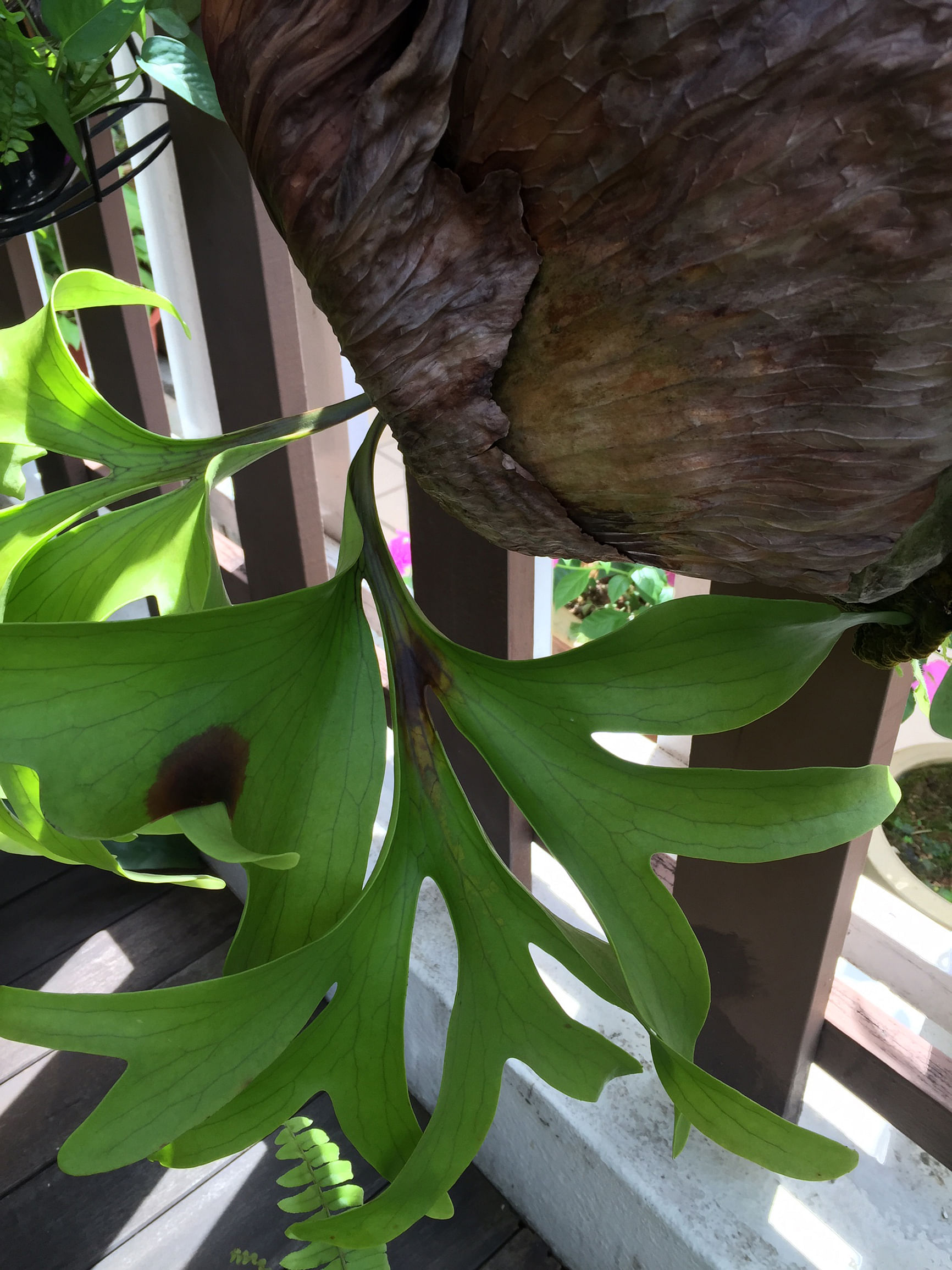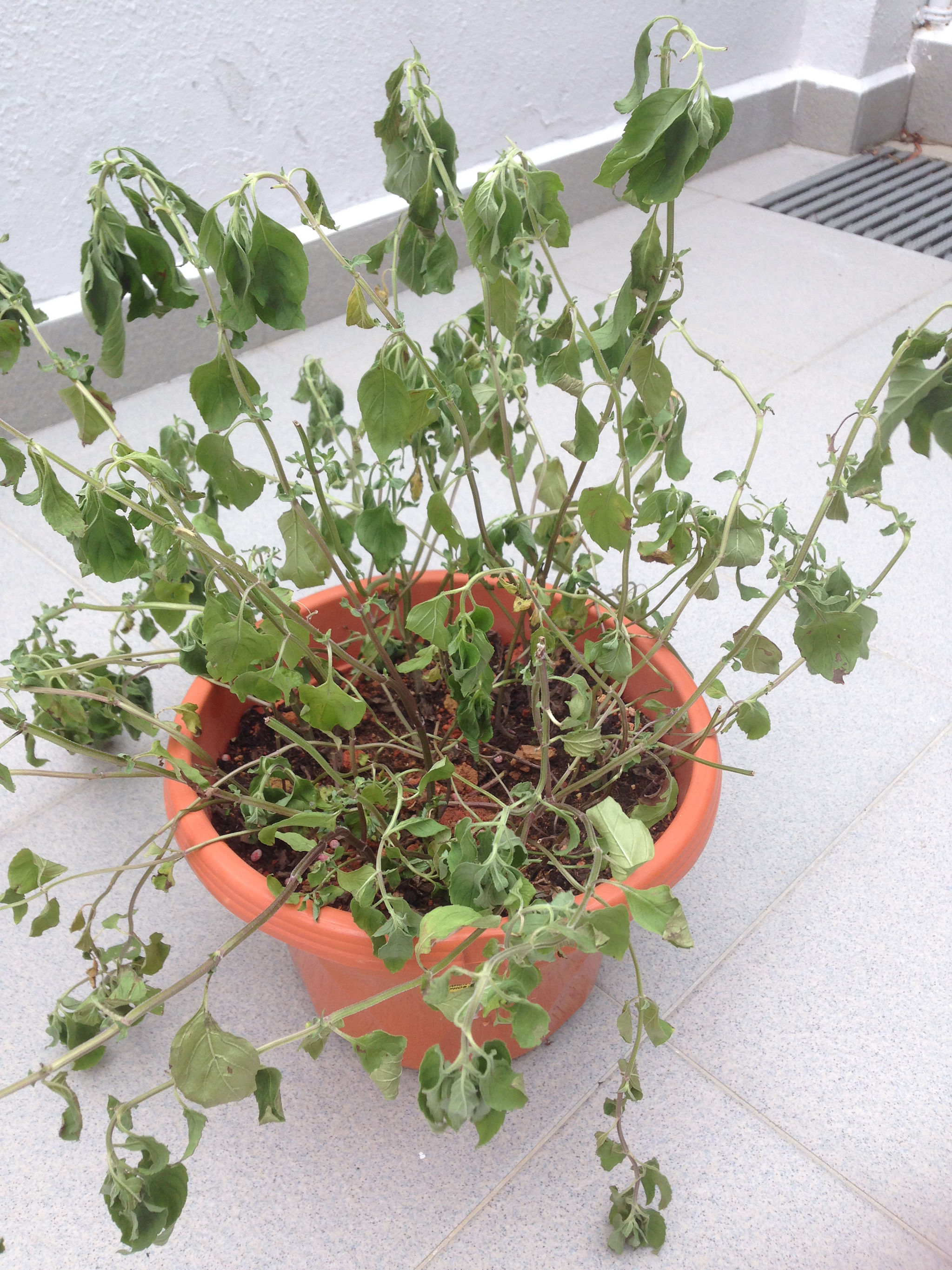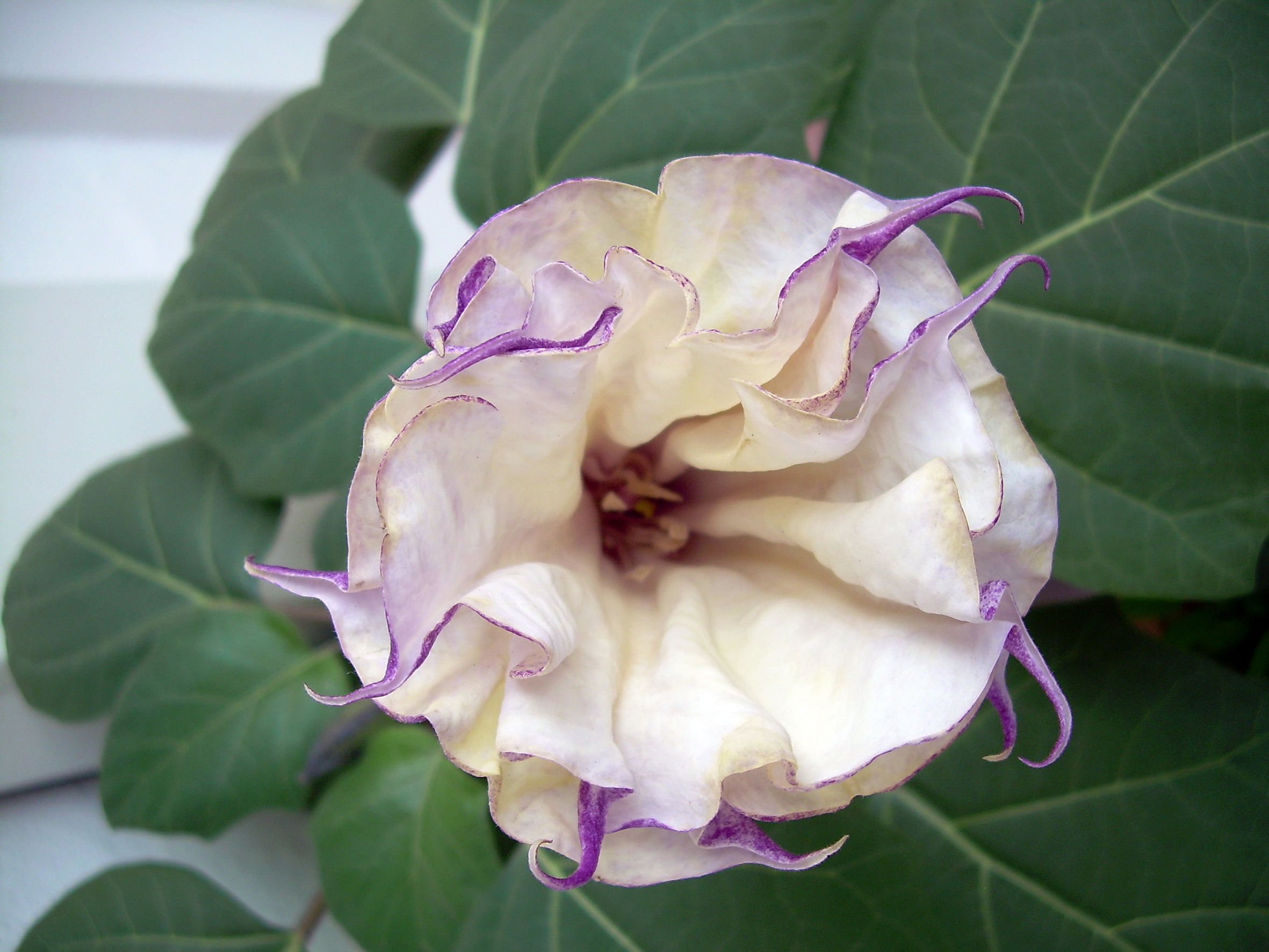Avoid incense paper ash as fertiliser
I have seen people in my neighbourhood mixing ash from burnt incense paper into soil as fertiliser for plants. Is this advisable? What is the best homemade fertiliser?
Jaimie Lim
It is not recommended to use ash from incense paper in soil as a fertiliser as its manufacturing process is not known. You may be adding unknown chemicals, which might be toxic, into the growing media.
If you like to practise recycling, try home composting. There are some commercial kits (using different methodologies) available for sale locally. Alternatively, refer to online guides to make your own.
The most direct way is to try composting kitchen waste. Coffee grounds from coffee shops, fast-food joints and cafes can also be composted.
Do note that the nutrient content of the compost you make will depend on the raw materials used. Most will serve only as soil amendment that can be incorporated into growing media or soil that improves the soil texture by adding organic matter.
Organic matter in soil or growing media will also help to improve beneficial microbial soil life, which is essential for healthy growth of plants. Such materials should not be used wholly as fertilisers as their nutrient contents are generally low.

Staghorn fern infected by fungal disease
After I bought this staghorn fern, brown patches appeared on its leaves before it died. Why did this happen?
Anita Jalleh
The affected leaves of your staghorn fern were probably infected by a fungal disease. This usually occurs when the environment is very dimly lit and has poor air circulation.
It could also be that you water or mist your plant too often.
Reduce the watering and misting of your plant - it needs to dry out a little. Too much water and too humid a growing condition often lead to fungal infection when sunlight is scarce.
Although it is a fern, the staghorn fern is not as shade-tolerant as other varieties of fern. It grows best in a location that is exposed to some filtered sunlight for several hours daily.
Exposure to sunlight is required for healthy plant growth as well as drying out of the substrate. These factors can help to stop the spread of the fungus.
You may want to use a chemical fungicide only when cultivation practices do not improve the situation.
When using a fungicide, apply on a small part of a plant to see if the plant shows any adverse reaction before applying it on the entire plant.

Shrivelled leaves may indicate lack of water
When I bought this plant two weeks ago, it was healthy. Black spots have since started appearing on its leaves, which have shrivelled up. Why is this so?
Leong Sow Keng
The plant cannot be identified as its leaves are shrivelled up. Did you forget to water it? The black patches could be dead leaf tissue due to a prolonged lack of water. These mostly occur near or along the leaf edge.
To revive such a plant, soak the pot in a bucket of water, which will help to hydrate the soil thoroughly.
Check whether the plant is pot-bound, which occurs when the roots of the plant have totally filled the container. In such a case, it is best to transplant it into a larger pot of soil where the additional soil can help to retain and supply the plant with more water.
Depending on where you grow this plant, you may want to establish a watering regimen. Every time you water a plant, ensure you water thoroughly - excess water must drain out from the holes at the base of the pot.
Also, insert a chopstick into the soil to assess moisture levels if you are unsure. The soil for most plants should be just moist. Moist soil will leave some traces of moisture as well as have some soil particles on the chopstick when it is removed from the pot.
You can trim the stems when they grow longer.

Tip: Lemon Spiral Ginger blooms are fleeting but still a delight
The large yellow flowers of the Lemon Spiral Ginger never fail to delight, although the flowers last for only a day.
The Lemon Spiral Ginger (Monocostus uniflorus) is not a common garden plant. It is a petite member of the Spiral Ginger family (Costaceae) and flowers seasonally and several times a day in Singapore.
It is propagated via division and does best outdoors in a tropical- themed garden. It can be used as a foreground landscape candidate. It can also be grown along the corridor or on the balcony.
It prefers filtered sunlight for at least half a day and grows best in moist, fertile, well-draining soil that is rich in organic matter.

Devil's Trumpet is toxic
I discovered this plant in my pot about a month ago. When it first sprouted, I thought it was a weed and discarded the seedling. Then another one appeared, so I decided to keep it. The flower has a nice scent and has a large, sturdy stem. What is the name of this plant?
Wong Lee Gyan
The plant is commonly known as the Devil's Trumpet or Thorn Apple. Its botanical name is Datura metel and it belongs to the tomato family (Solanaceae).
All parts of the plant are highly toxic - keep it out of reach of young children and pets. It is an ornamental plant with fragrant flowers. Although it can be used for medicinal purposes, do so only with guidance from a trained practitioner.
• Answers by Dr Wilson Wong, a certified practising horticulturist and founder of Green Culture Singapore (www.green culturesg.com). He is also an NParks-certified park manager.
• Got a gardening query? E-mail it with clear, high-resolution pictures, if any, and your full name to stlife@sph.com.sg
